Galileo Starter Kit
Summary
At Intel Labs, I worked on the User Experience Research Group's Open Design Team, researching how Intel could make hardware more approachable to novice makers. Our goal was to deliver a comprehensive research summary of the space surrounding Galileo and a final prototype of our recommended solution. Our team conducted an extensive research phase focusing on building a complete ecosystem surrounding Galileo to enable it to become an educational platform for individuals new to the maker space.
Prototypes We explored various concepts stemming from modular self-building kits to making smarter breadboards that one could control with an app. Ultimately, we narrowed it down to two main streams of thought. One explored the value gained by reverse engineering something, and the second investigated building from scratch in a ‘safe’ environment.
Bee
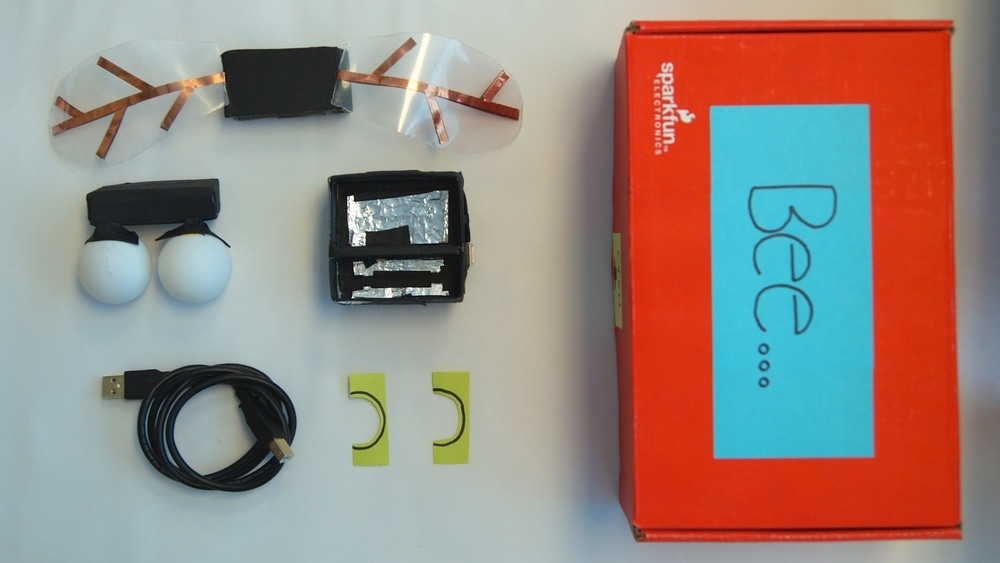 This concept spawned from the idea that many kids will disassemble things in an attempt to understand how they work. To test this hypothesis, we built a ‘Bee’ constructed of mini modules that can be taken apart and combined in a different order to make a new object. For this iteration, the Bee’s eyes light up when you touch its wings.
This concept spawned from the idea that many kids will disassemble things in an attempt to understand how they work. To test this hypothesis, we built a ‘Bee’ constructed of mini modules that can be taken apart and combined in a different order to make a new object. For this iteration, the Bee’s eyes light up when you touch its wings.
Out of The Box
 Next, we explored the ideas surrounding a toolkit that would make it safe to “blow something up” as you learn about the relationships between sensors and actuators. This concept aimed to focus on a more guided experience and leave the user with a kit of components that they can use to start making their first project.
Next, we explored the ideas surrounding a toolkit that would make it safe to “blow something up” as you learn about the relationships between sensors and actuators. This concept aimed to focus on a more guided experience and leave the user with a kit of components that they can use to start making their first project.
The goal of the next iteration was to solidify the proper flow to understand better the best method for introducing the relationship between hardware and software. Similar discoveries arose, reflecting that we still need to resolve the issues from version 2 fully. This forced us to radically shift the intended flow of our box by turning the TV into a mini toolbox and workstation, which immediately exposed all the components.
Next, we wanted to understand how novice makers experience the relationships between sensors and actuators. This could be achieved by introducing a working circuit, which could be used as the Galileo booted up. At that point, the next flap of the box would open, revealing a collection of different sensors and actuators to exchange with the working circuit. We discovered a preconceived affordance: when kids saw an open box, they wanted to open all the flaps at once instead of following the steps that would teach them about sensors and actuators. This automatic response disrupted the flow of the experience.
![[Galileo Starter Kit Feature.gif]] The final few versions of the start kit were tested at the YWCA with Kids from 12 to 16 years old. We focused on expanding what kids build after understanding the relationships between sensors and actuators during these revisions.
Final Product Deck
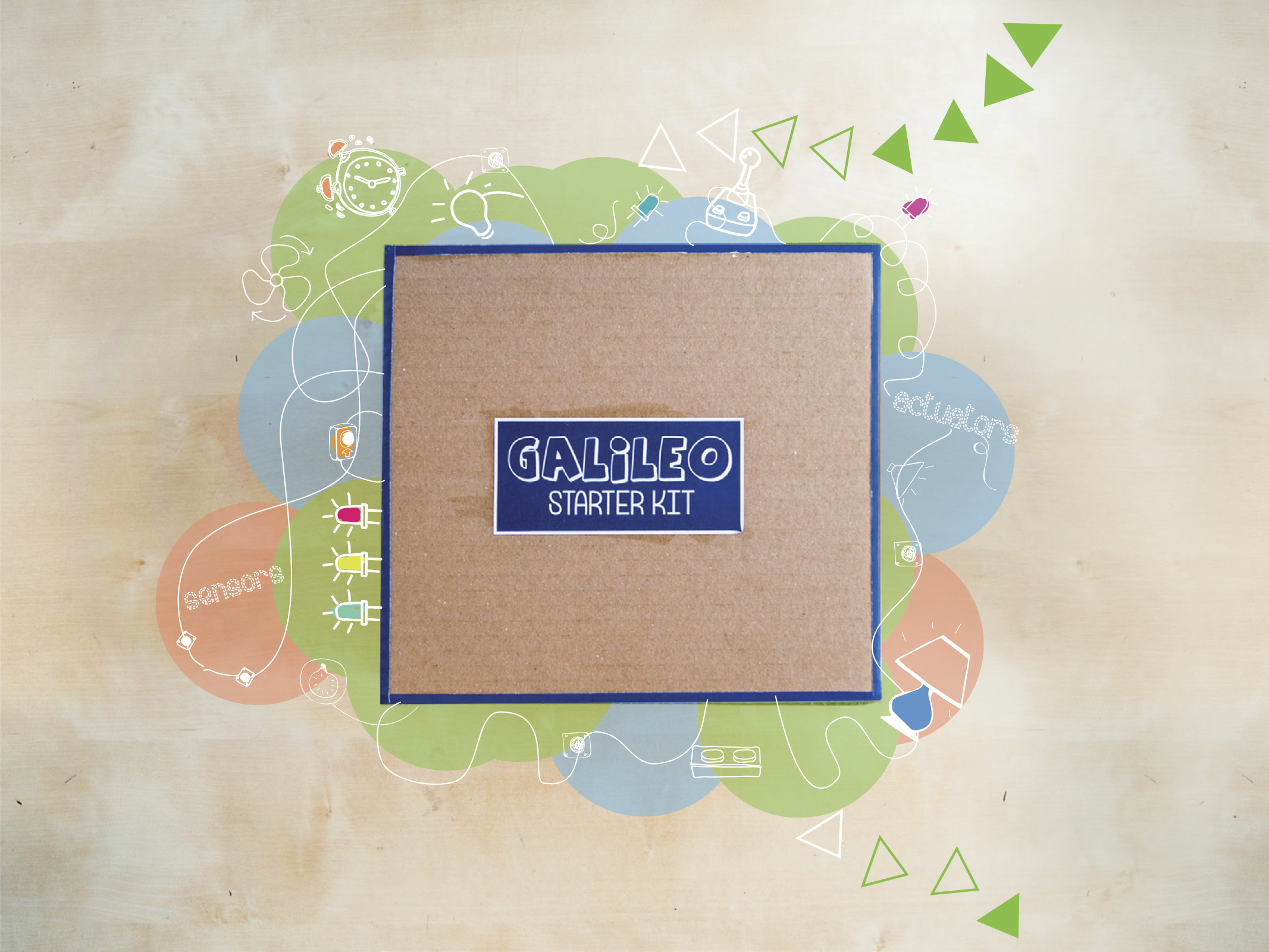
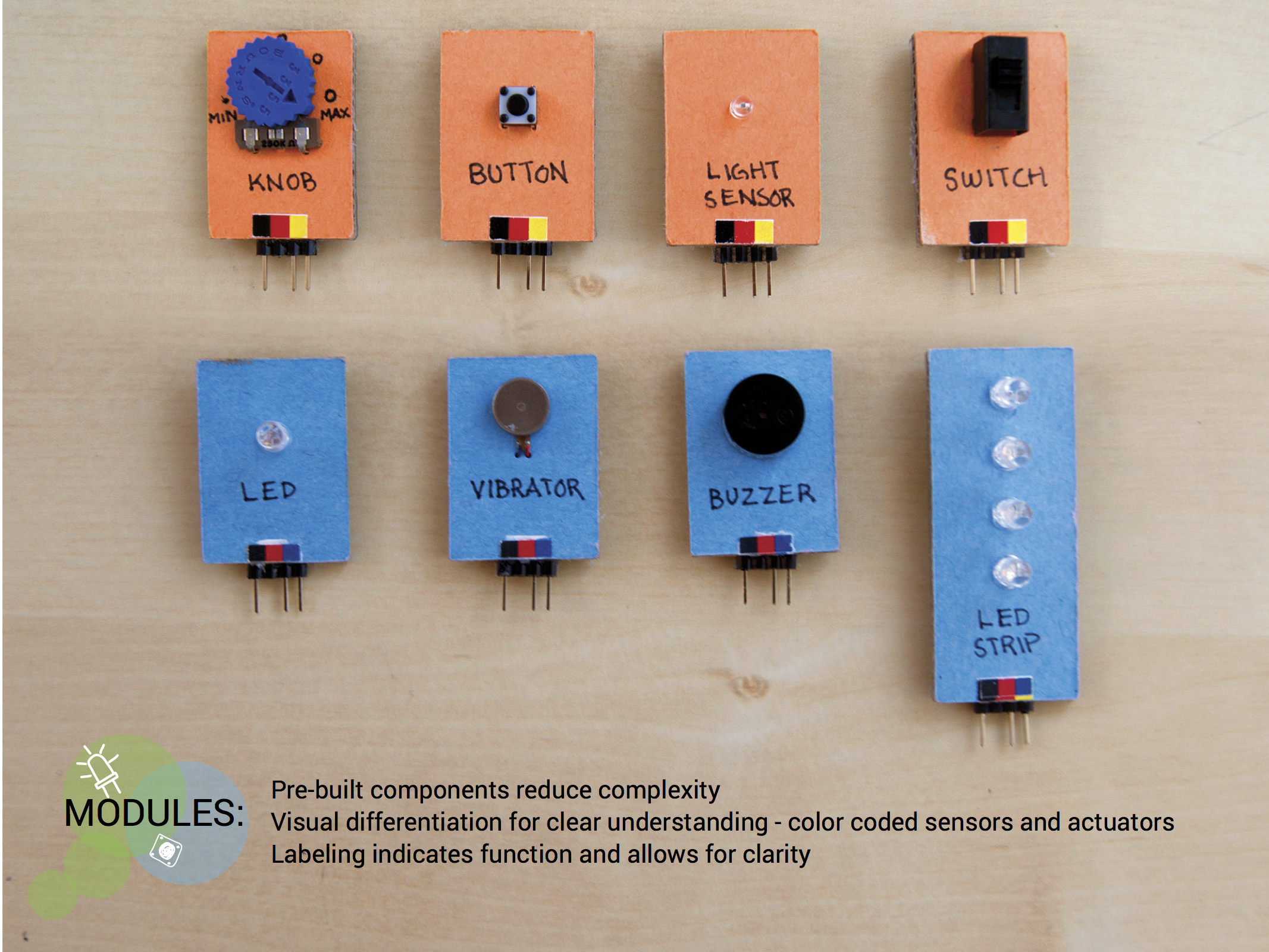

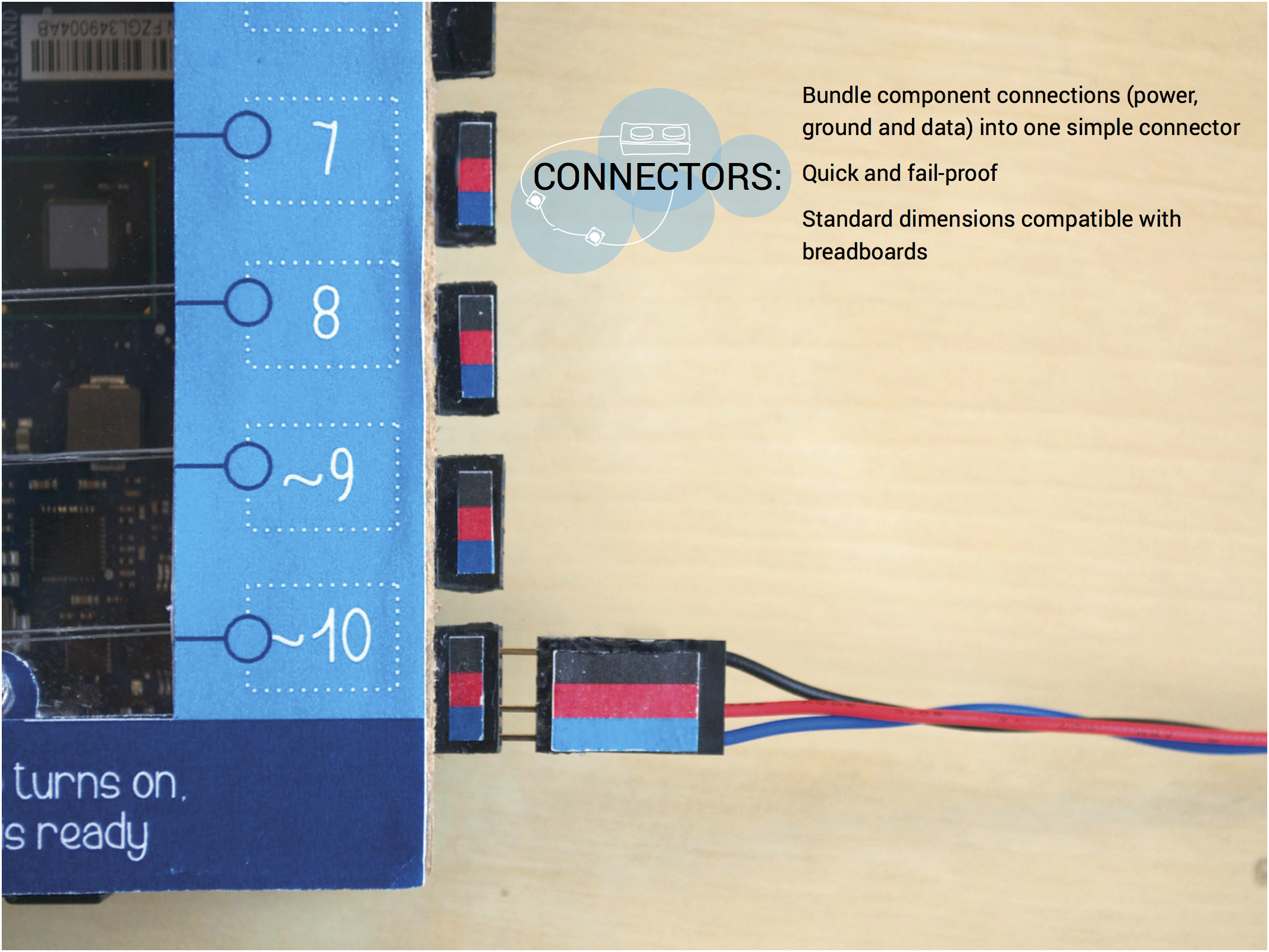


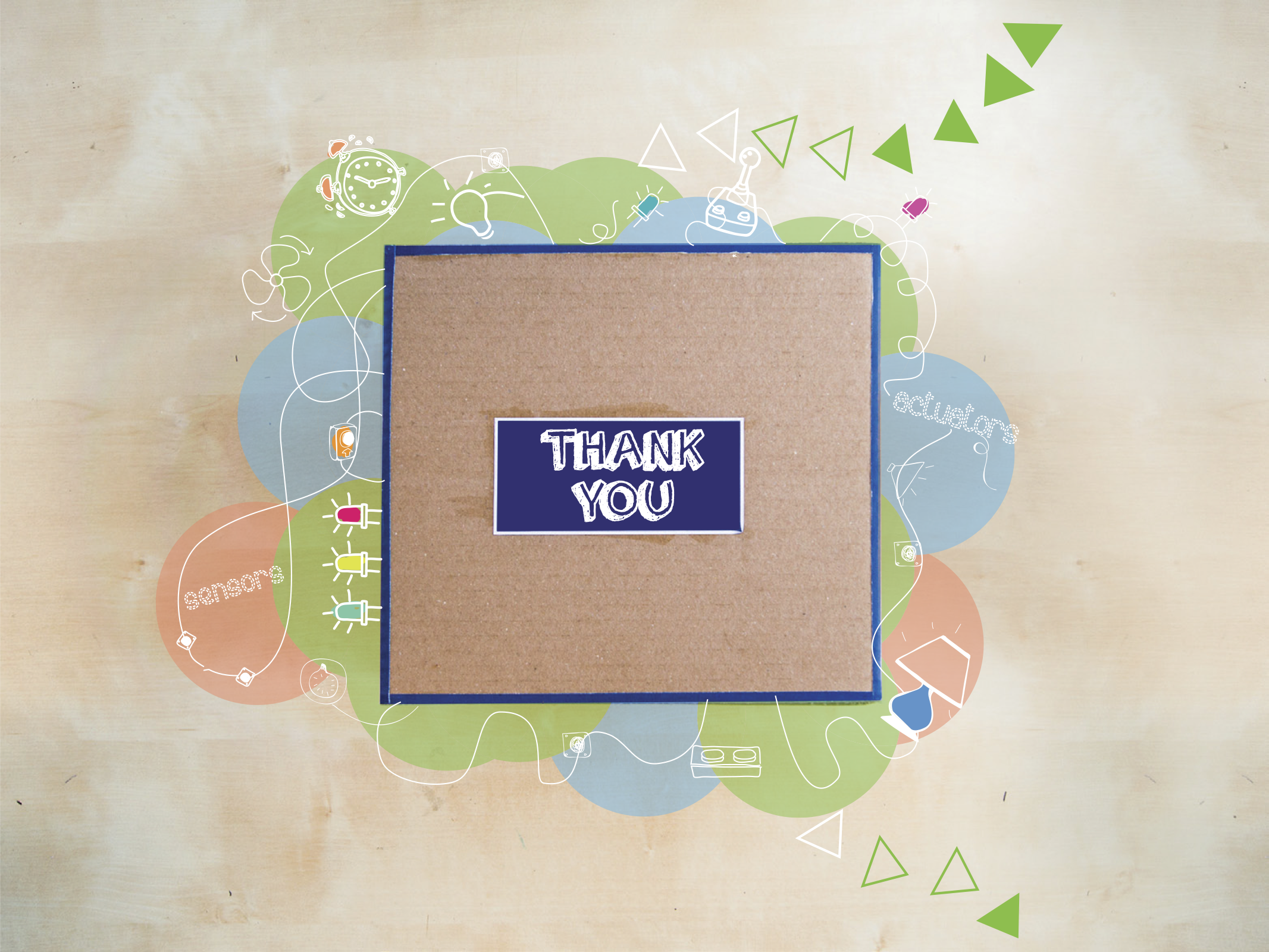
Update 2017
A few years after finishing this project I saw A similar project come to market from the work of Seeed Studio who has continued to make a series of kits and modular sensors for later development board (Edison and Joule) which followed Galileo.